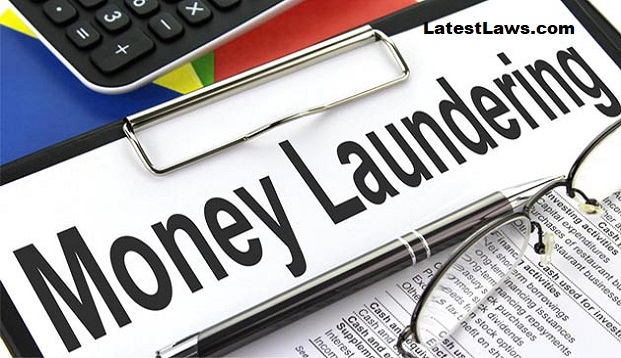August 4,2018:
The Author, Mehak Goel is a 2nd Year student of Jindal Global Law School, Sonipat, Haryana. She is currently interning with LatestLaws.com.Introduction-
The Prevention of Money Laundering Act, 2002 is an anti-money laundering measure to prevent the generation of proceeds from criminal activities.
The Act brings RBI, SEBI and IRDA under its purview and hence, is applicable to all financial institutions, banks, insurance companies, mutual funds and their intermediaries.
The Act implements the Political Declaration adopted by the UN General Assembly, 1999 which called upon the Member-States to adopt legislation and programme against money laundering. The Act was then incorporated and enacted on 17th January, 2003.
Question 1 – When did Prevention of Money Laundering Act, 2002 come into force, and what is its extent?
Answer- The Prevention of Money Laundering Act, 2002 is a Central Act which came into force on 1st July, 2005. The Act extends to the whole of India including the state of Jammu and Kashmir.
Question 2- What is the object of the Act?
Answer- The objective of the PMLA is to prevent money laundering and to provide for confiscation of property derived from, or involved in, money-laundering.
Question 3- What is money laundering?
Answer- As defined in Section 3 of the Act, whosoever directly or indirectly attempts to indulge or knowingly assists or knowingly is a party or is actually involved in any process or activity connected proceeds of crime including its concealment, possession, acquisition or use and projecting or claiming it as untainted property shall be guilty of offence of money-laundering. In simple words, money laundering is the processing of criminal proceeds to disguise its criminal origin.
Question 4- What are the proceeds of a crime?
Answer- As defined in Section 2(1)(u), "proceeds of crime" means any property derived or obtained, directly or indirectly, by any person as a result of criminal activity relating to a scheduled offence or the value of any such property.
Question 5- What is a scheduled offence?
Answer- These are the offences listed in the Schedule to the PMLA, 2002 in terms of Section 2(1)(y) of the Act.
Question 6- Who can investigate a case of money laundering?
Answer- As per Section 48 and 49 of the Act, the officers of Directorate of Enforcement have been given the power to investigate cases of money laundering. The officers can launch prosecution in the designated Special Court for the offence of money laundering.
Question 7- What actions can be taken against persons involved in the offence of money laundering?
Answer- The following actions can be taken against persons involved in the offence of money laundering:
- Section 4 of the Act- Whoever commits the offence of money-laundering shall be punishable with rigorous imprisonment for a term which shall not be less than three years but which may extend to seven years and shall also be liable to fine.
- If the crime involved in money laundering deals with an offence under Para 2 of Part A of the Schedule, then the maximum imprisonment may extend to ten years.
Question 8- What powers do the Investigating Officers have under this Act?
Answer- The Investigating Officers have the power:
- Section 5- to provisionally attach any property derived or obtained, directly or indirectly, by any person as a result of a criminal activity of a scheduled offence
- Section 16- to conduct a survey of a place
- Section 17- to conduct search of a building, place, vessel, vehicle or aircraft & seize/freeze records and property
- Section 18- to conduct personal search
- Section 19- to arrest persons accused of the offence of money laundering
- Section 50- to summon and record statements of persons concerned
Question 9- What are the obligations of banking companies, financial institutions and intermediaries under the Act?
Answer- Banking companies, financial institutions and intermediaries under the Act are known as reporting entities [Section 2 (i)(wa)].
A reporting entity is to maintain records (Section 12) and furnish information as and when required by the Director (Section 12 A). They are also required to verify and maintain records of the identity of their clients. Such records are required to be maintained for a period of 10 years from the date of cessation of the transaction between the client and the reporting entity.
A failure to do the same may attract a fine imposed by the Director. (Section 13)
Picture Source :

























